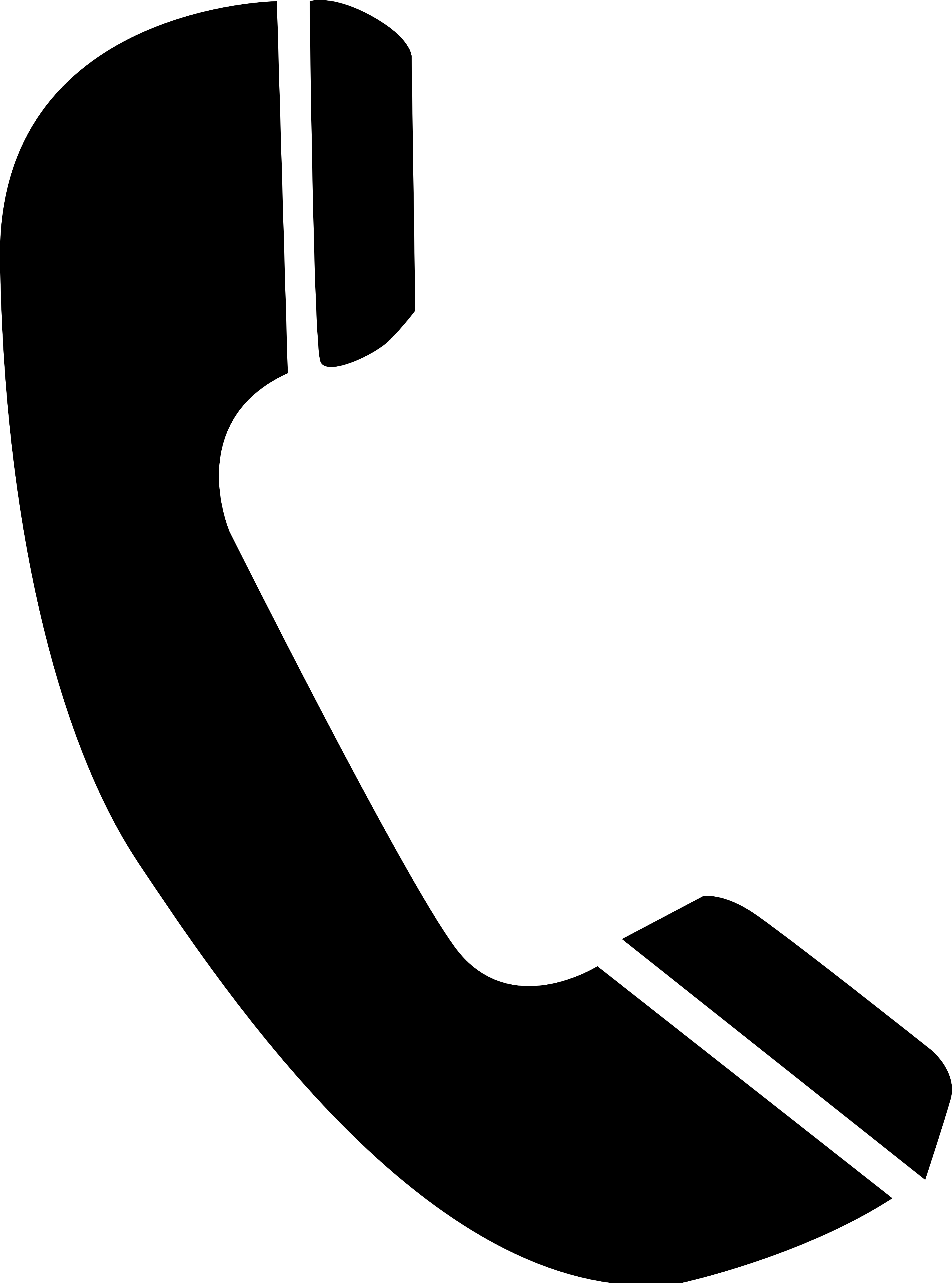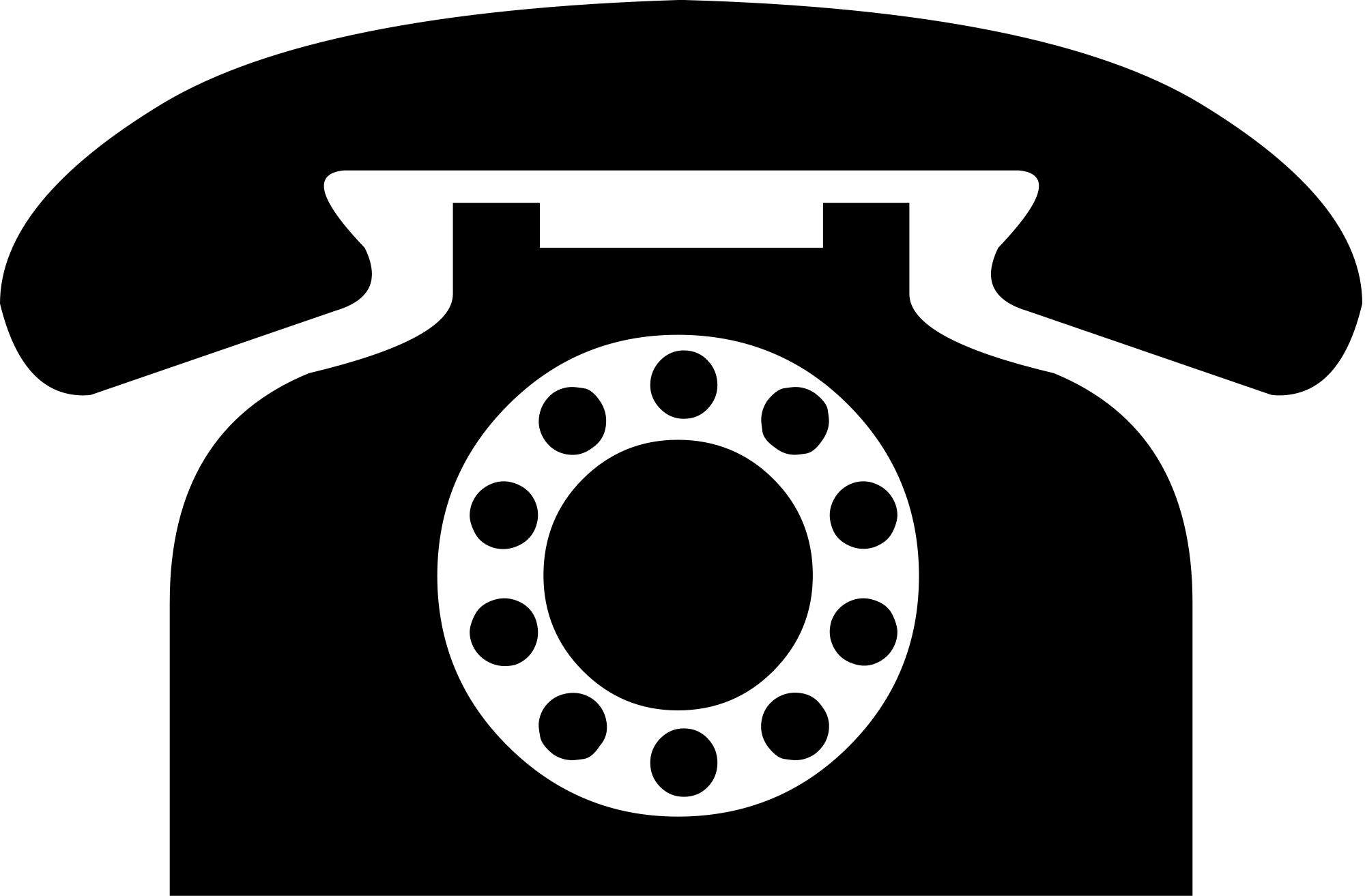
Text in icons is often too small to read easily, can make an icon appear cluttered, and doesn’t support accessibility or localization. Prefer including text only when it’s an essential part of your experience or brand. For example, in iOS and watchOS, the Mail app icon uses a streamlined, graphical style to depict the white envelope on a blue background macOS uses a similar blue background, adding depth and detail to the envelope, giving it a realistic weight and texture.

If your app or game runs on more than one platform, use a similar image and color palette for all icons while rendering them in the style that’s appropriate for each platform. Prefer a simple background that puts the emphasis on the primary image - you don’t need to fill the entire icon with content.Ĭreate a design that works well on multiple platforms so that it feels at home on each. Avoid adding too many details, because they can be hard to discern and can make an icon appear muddy, especially at smaller sizes. Find a concept or element that captures the essence of your app or game, make it the focus point of the icon, and express it in a simple, unique way.

Simple icons tend to be easier for people to understand and recognize. For guidance on creating other types of icons, see Icons. To download templates that help you create icons for each platform see Apple Design Resources.

Each platform defines a slightly different style for app icons, so you want to create a design that adapts well to different shapes and levels of detail while maintaining strong visual consistency and messaging. A unique, memorable icon communicates the purpose and personality of your experience and can help people recognize your app or game at a glance in the App Store and on their devices.īeautiful app icons are an important part of the user experience on all Apple platforms and every app and game must have one.


 0 kommentar(er)
0 kommentar(er)
